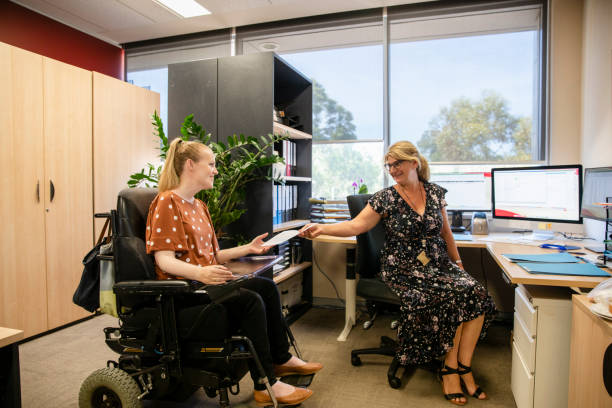Are you a physician or medical professional who feels overwhelmed with the never-ending administrative tasks associated with running a practice? Perhaps you find yourself spending more time on paperwork than providing quality care to your patients. If so, you’re certainly not alone.
In today’s healthcare climate, physicians and medical professionals are facing an unprecedented burden of administrative duties that have become an unavoidable part of running a practice. From billing and coding to staff management, customer service, and patient communication, these tasks can quickly eat up time that could be used more productively to provide quality care for patients.
Fortunately, there are some strategies physicians can use to lighten a load of administrative burdens without compromising patient care. Here are a few tips for relieving the burden of administrative tasks:
- Outsource administrative functions– Many practices are turning to outsource as a way to lighten their administrative load. Outsourcing allows physicians and medical professionals to delegate routine tasks such as billing, coding, and customer service to third-party providers. This can free up time to focus on providing quality care.
- Automate where possible– In the age of technology, some tools and applications can help streamline administrative processes. From electronic health records (EHR) to online appointment scheduling systems, automation is a great way to reduce paperwork and free up time for physicians and medical professionals. For example, physician medical billing software can help automate the billing process, allowing physicians to spend more time with patients rather than dealing with paperwork.
- Develop a team– Physicians and medical professionals don’t have to do it alone. Having a dedicated administrative staff can help lighten the load by taking on tasks such as billing, coding, customer service, and patient communication. Additionally, having a strong team in place can help ensure that all of these tasks are completed efficiently and effectively.
- Take advantage of technology– Technology can help physicians and medical professionals save time and money. Utilizing technologies such as telemedicine, virtual visits, and patient portals can allow physicians to provide quality care without having to spend time on administrative tasks in person. Additionally, leveraging data analytics tools can help with the burden of administrative paperwork by providing insights into patient outcomes and trends.
These are just a few of the strategies physicians and medical professionals can use to reduce their administrative burden without sacrificing patient care.
Understanding the Challenges of Administrative Duties for Physicians
At the end of the day, physicians and medical professionals are faced with an overwhelming amount of administrative tasks. They need to recognize the challenges associated with these duties and take steps to manage them more effectively.
Administrative tasks like billing and coding, customer service, and staff management are essential for running a successful practice. However, if these tasks aren’t managed properly, they can take away from the time physicians spend providing quality care to their patients.
These tasks could take time away from providing quality patient care and create a stressful environment for physicians and medical staff. It’s important to recognize the challenges associated with administrative duties, understand the solutions available, and take steps toward reducing the burden of these tasks.
Improving Customer Service or Patient Communication
Improving customer service or patient communication can also help reduce the administrative burden. By taking the time to establish a strong relationship with patients, physicians, and medical professionals can build trust and create an environment where patients are more likely to follow their instructions and be compliant with treatment plans.
Additionally, having a clear understanding of each patient’s needs and expectations can help streamline administrative processes, such as billing and coding. Establishing patient communication protocols, such as the use of automated text messages or email reminders, can also reduce the amount of time spent on customer service tasks.
Final Thoughts
Now that you understand the challenges associated with administrative duties for physicians, it’s important to take steps toward managing these tasks more effectively. Automating processes, developing a team, and utilizing technology can all help reduce the burden of paperwork and free up time for providing quality care. Additionally, improving patient communication and customer service can streamline administrative processes and make them less of a burden.
By taking these steps, physicians and medical professionals can better manage their administrative tasks and provide quality care to their patients.









